The Global Cranial Fixation and Stabilization System Market presents a dynamic and competitive landscape influenced by a growing demand for neurosurgical procedures and advancements in technology. As the healthcare sector, particularly neurology and neurosurgery, expands, various key players have positioned themselves to capitalize on this growth.
The market comprises a range of products aimed at cranial fixation and stabilization, including plates, screws, and other accessory devices designed for use during cranial surgeries. As a result, companies are increasingly focused on innovation, product development, and strategic partnerships to enhance their market presence and offer superior products that meet the specific needs of healthcare providers and patients alike.
The competitive dynamics in this market are characterized by the introduction of novel technologies, competitive pricing strategies, and a focus on improved surgical outcomes, which subsequently drive significant investments in research and development.
Crosstrees stand out in the Global Cranial Fixation and Stabilization System Market due to its commitment to developing cutting-edge solutions that enhance surgical efficiency and patient safety. With a strong presence in global markets, Crosstrees leverages innovative technology in its product offerings, which includes a range of cranial fixation systems that are designed with precision and reliability in mind.
The company emphasizes ergonomic design, ease of use, and adaptability in its products, thereby providing neurosurgeons with essential tools that facilitate effective cranial surgeries. Furthermore, Crosstrees has established strong relationships with healthcare professionals, allowing them to gain valuable insights into clinical needs, thereby ensuring that their product development is aligned with market demand.
This customer-centric approach, combined with a focus on operational excellence, allows Crosstrees to maintain a prominent position in an increasingly competitive environment.
Stryker has emerged as a formidable player within the Global Cranial Fixation and Stabilization System Market, leveraging its extensive experience in medical technology and innovation. Renowned for its comprehensive portfolio of cranial surgical products, Stryker focuses on delivering superior solutions that enhance surgical performance and improve patient outcomes.
The company invests significantly in research and development, leading to a continuous flow of advanced technologies that cater to the evolving requirements of neurosurgeons. Stryker's global presence is further amplified through strategic partnerships and collaborations that enhance its distribution network and broaden its market reach.
The brand is recognized for its robust quality standards and commitment to safety, which bolster its reputation among healthcare professionals. By maintaining a strong focus on innovation and addressing the specific needs of neurosurgical procedures, Stryker is well-positioned to sustain its competitive edge in this vital sector of the healthcare market.


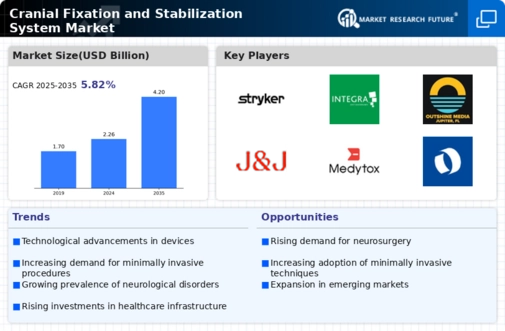

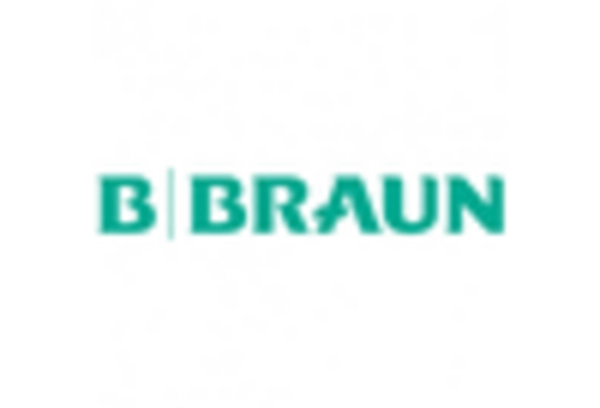
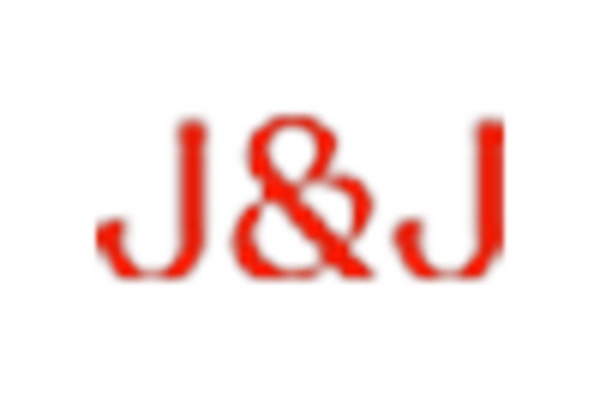
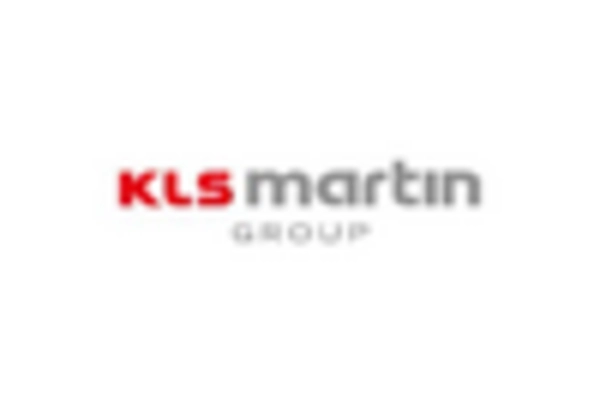
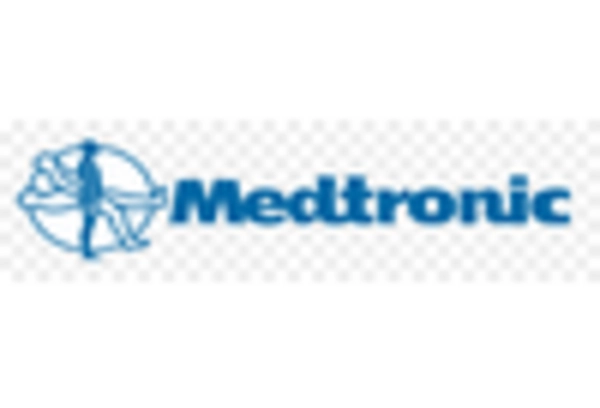
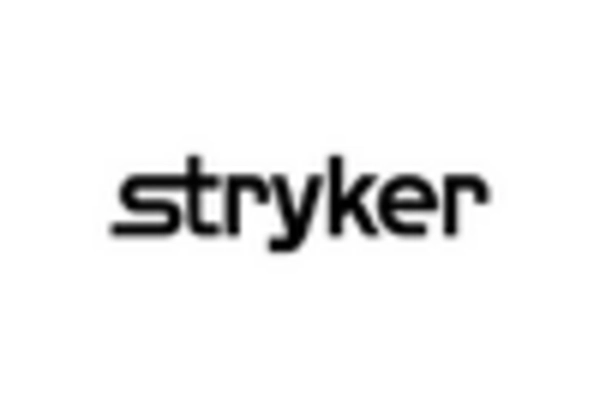
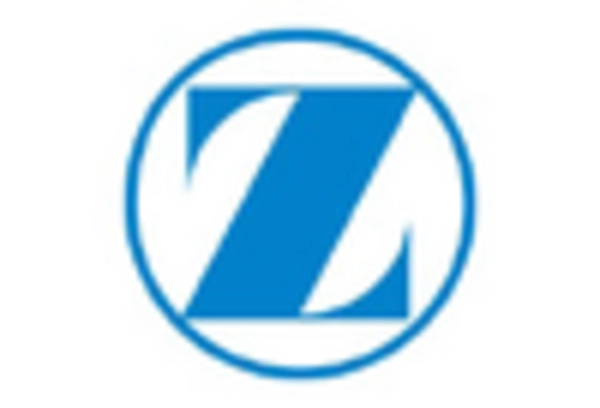








Leave a Comment